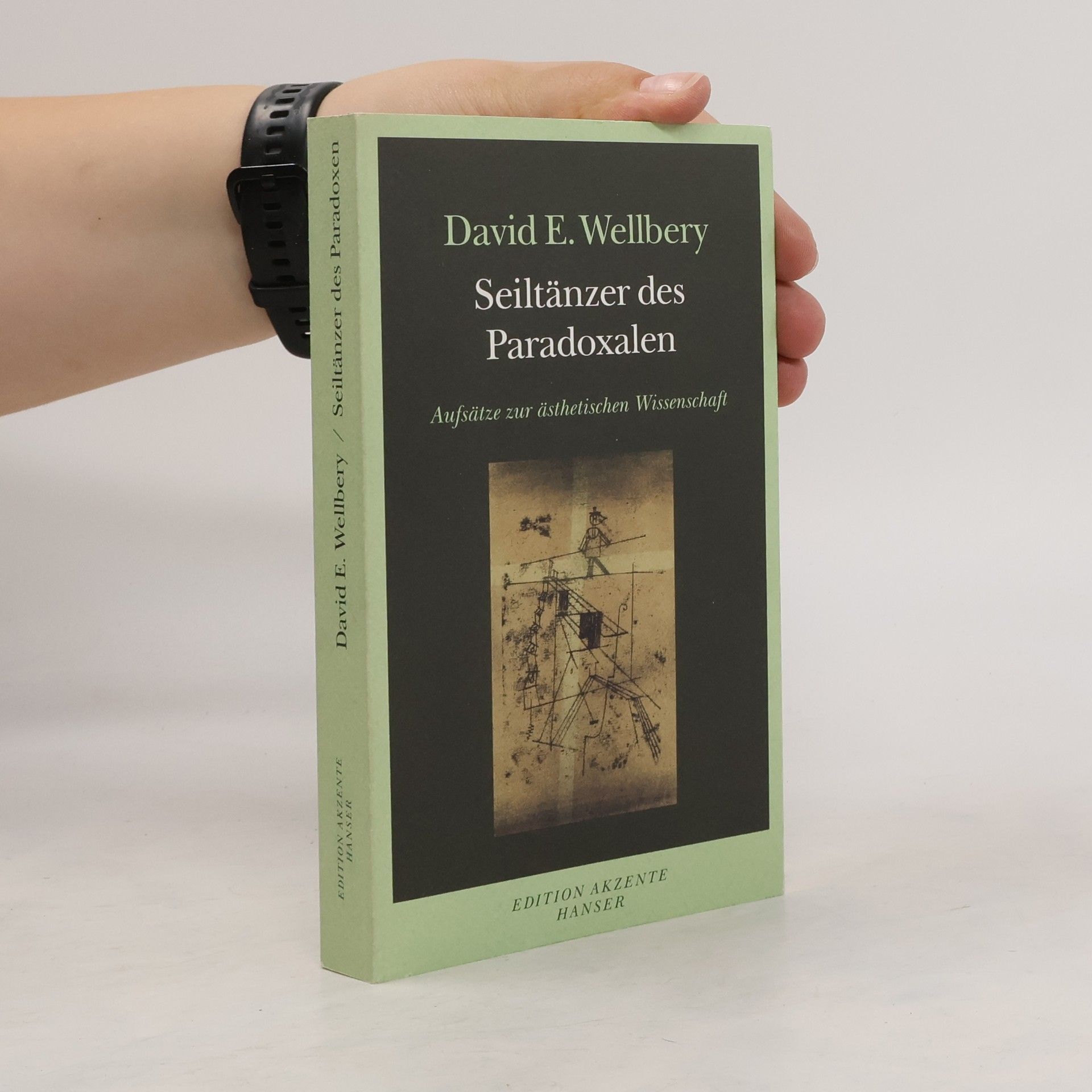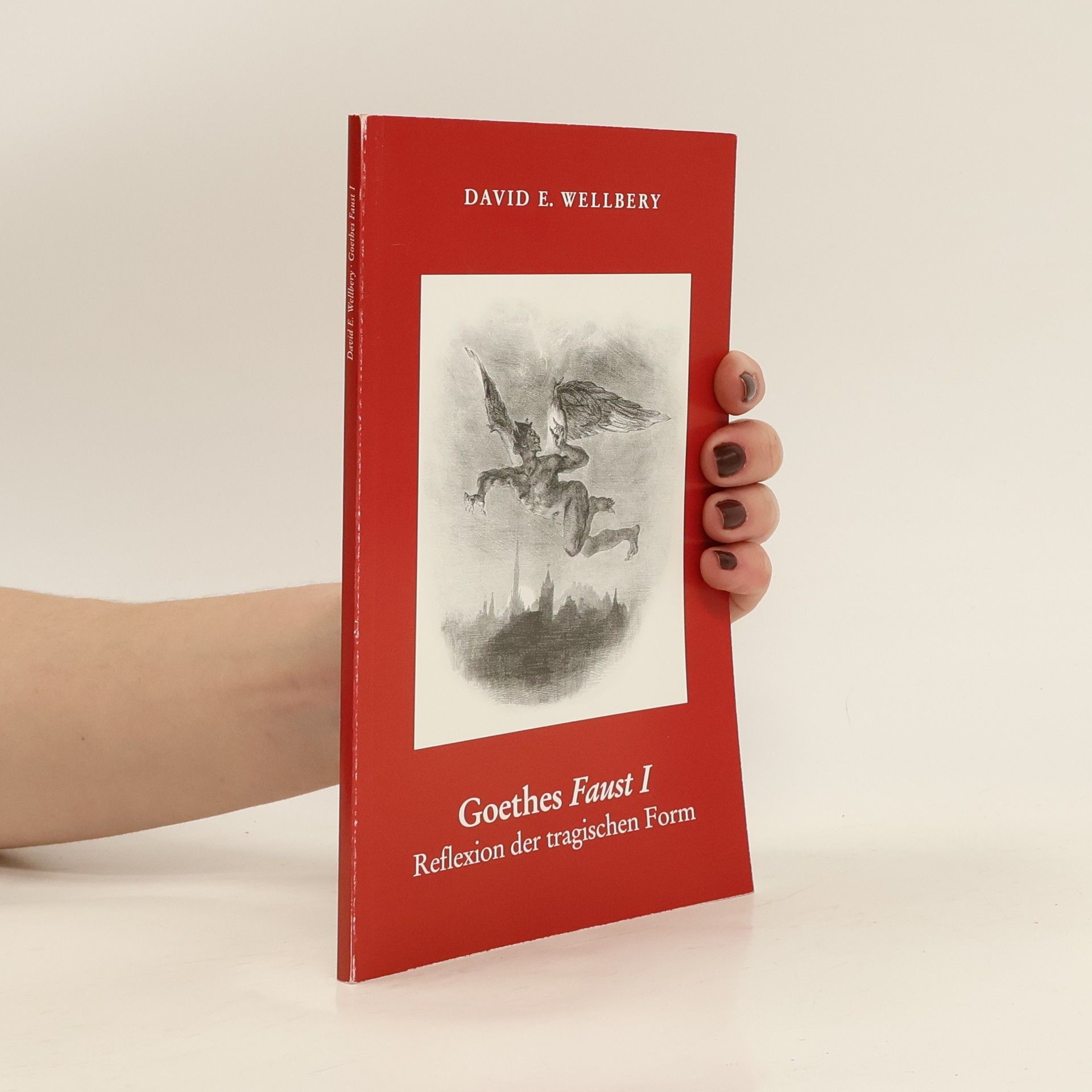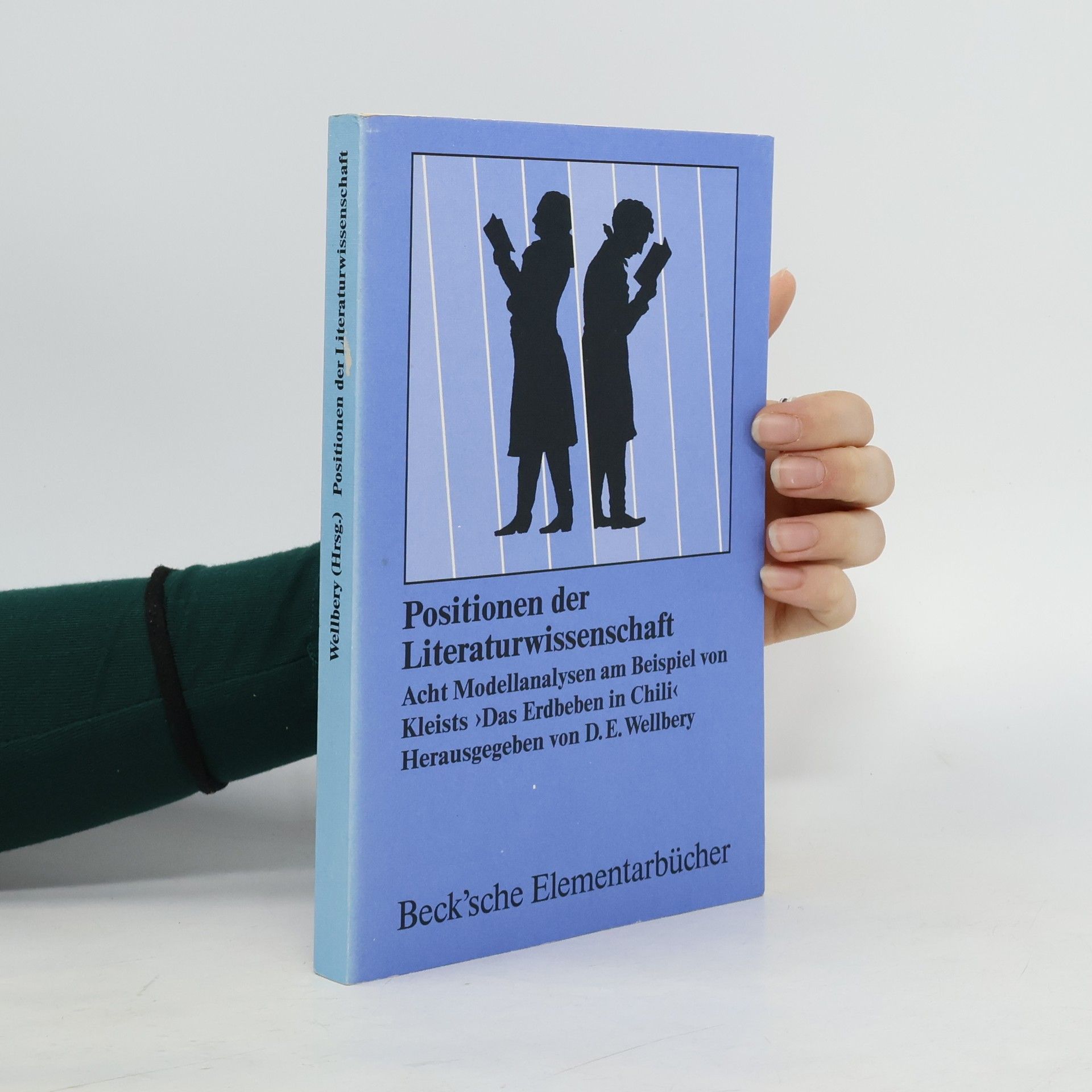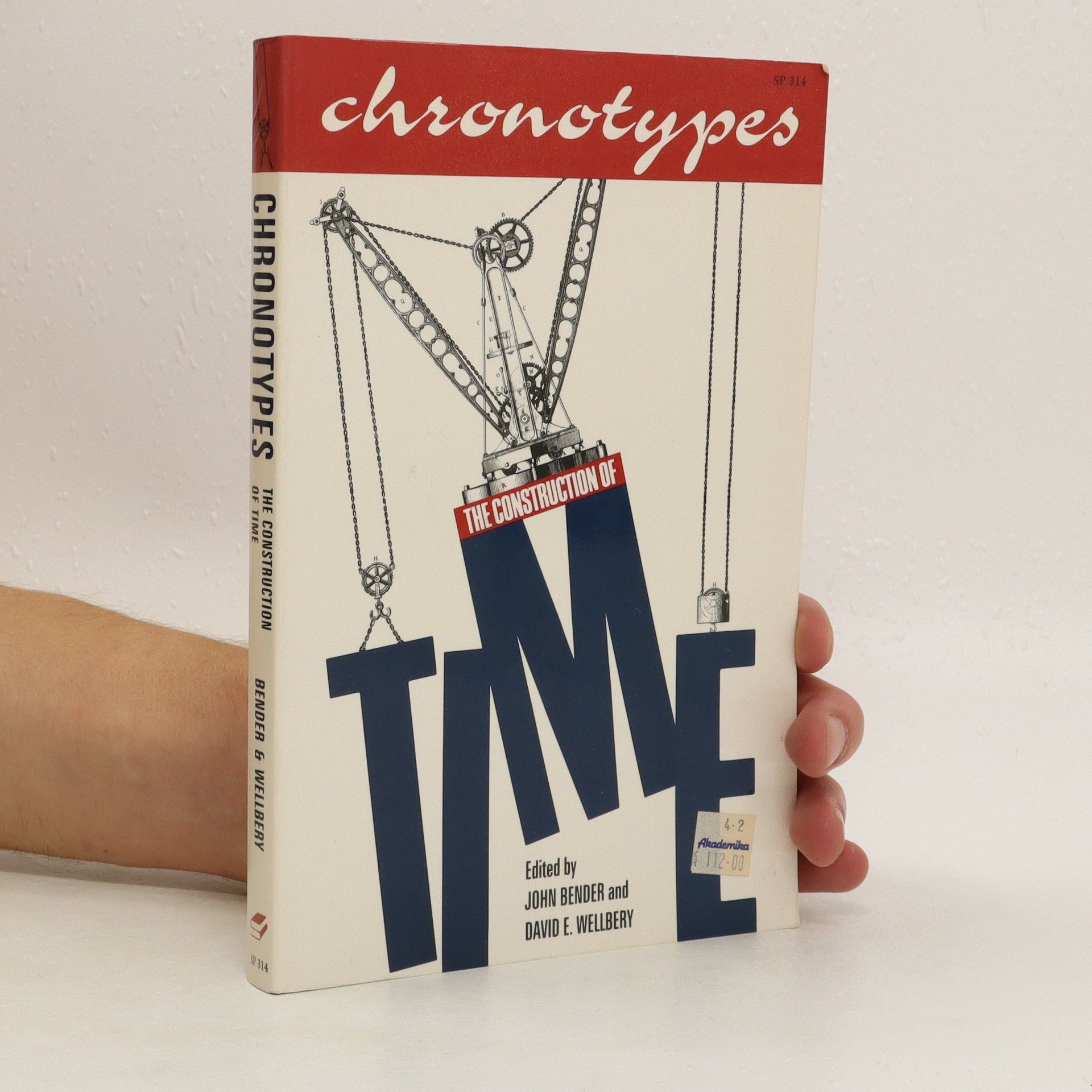'A New History of German Literature' offers some 200 essays on events in German literary history.
David E. Wellbery Books
David E. Wellbery is a distinguished professor of German literature whose scholarship delves into the aesthetics and semiotics of the Age of Reason. His work illuminates the intricate connections between literary theory, philosophical thought, and the historical context of German literary history. Through his contributions, he offers profound insights into a pivotal era of European intellectual development.






Chronotypes: the construction of time
- 252 pages
- 9 hours of reading
Time belongs to a handful of categories (like form, symbol, cause) that are genuinely transdisciplinary. Time touches every dimension of our being, every object of our attention -- including attention itself. It therefore can belong to no single field of study. Of course, this universalist view of time is not itself universal but rather is a product of the modern age, an age that conceived of itself as the "new" time. Time has thus gained new importance as a theme of general research with the "post-modern turn" now manifest in many areas of intellectual endeavor, especially in the humanities and social sciences. "Chronotypes" are models or patterns through which time assumes practical or conceptual significance. Time is not given but (as the subtitle indicates) fabricated in an ongoing process. Chronotypes are themselves temporal and plural, constantly being made and remade at multiple individual, social, and cultural levels. They interact, they change over time, and they have histories, whose construal is itself an act of temporal construction. This book -- an interdisciplinary collaboration of philosophers, historians, literary critics, and anthropologists -- examines the ways individuals, societies, and cultures make sense of time by constructing it in diverse patterns.
Seiltänzer des Paradoxalen
- 270 pages
- 10 hours of reading
In meisterhaften Textlektüren beschäftigt sich der Literaturwissenschaftler David E. Wellbery mit maßgeblichen Werken der Moderne (u. a. Laurence Sternes „Tristram Shandy“, Goethes „Wilhelm Meisters Lehrjahre“, E. T. A. Hoffmanns „Prinzessin Brambilla“, Kafkas „Schweigen der Sirenen“ und Hofmannsthals „Chandos-Brief“), die neben dem Dargestellten auch die Bedingungen ihrer Darstellung reflektieren. Das Buch macht literarische Form sichtbar als einen seiltänzerischen Akt, der sich in prekärer Balance von Vollendung und Brüchigkeit je neu, je anders vollzieht.